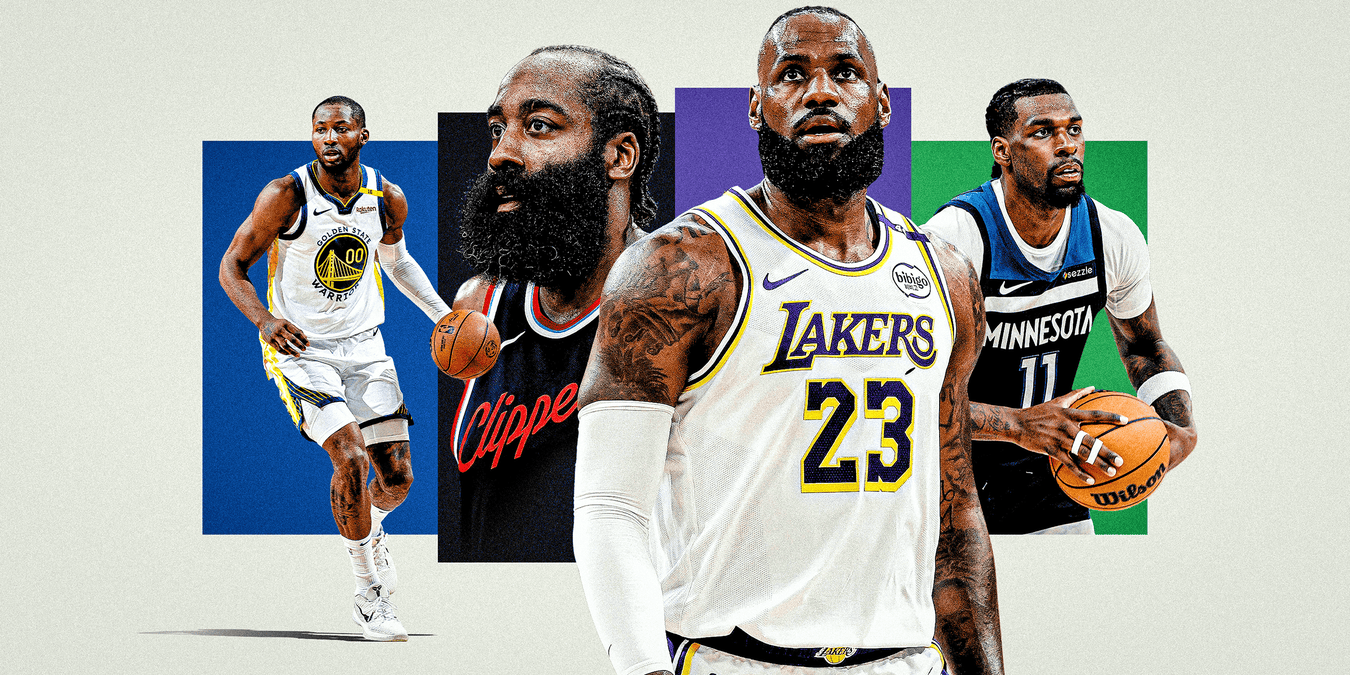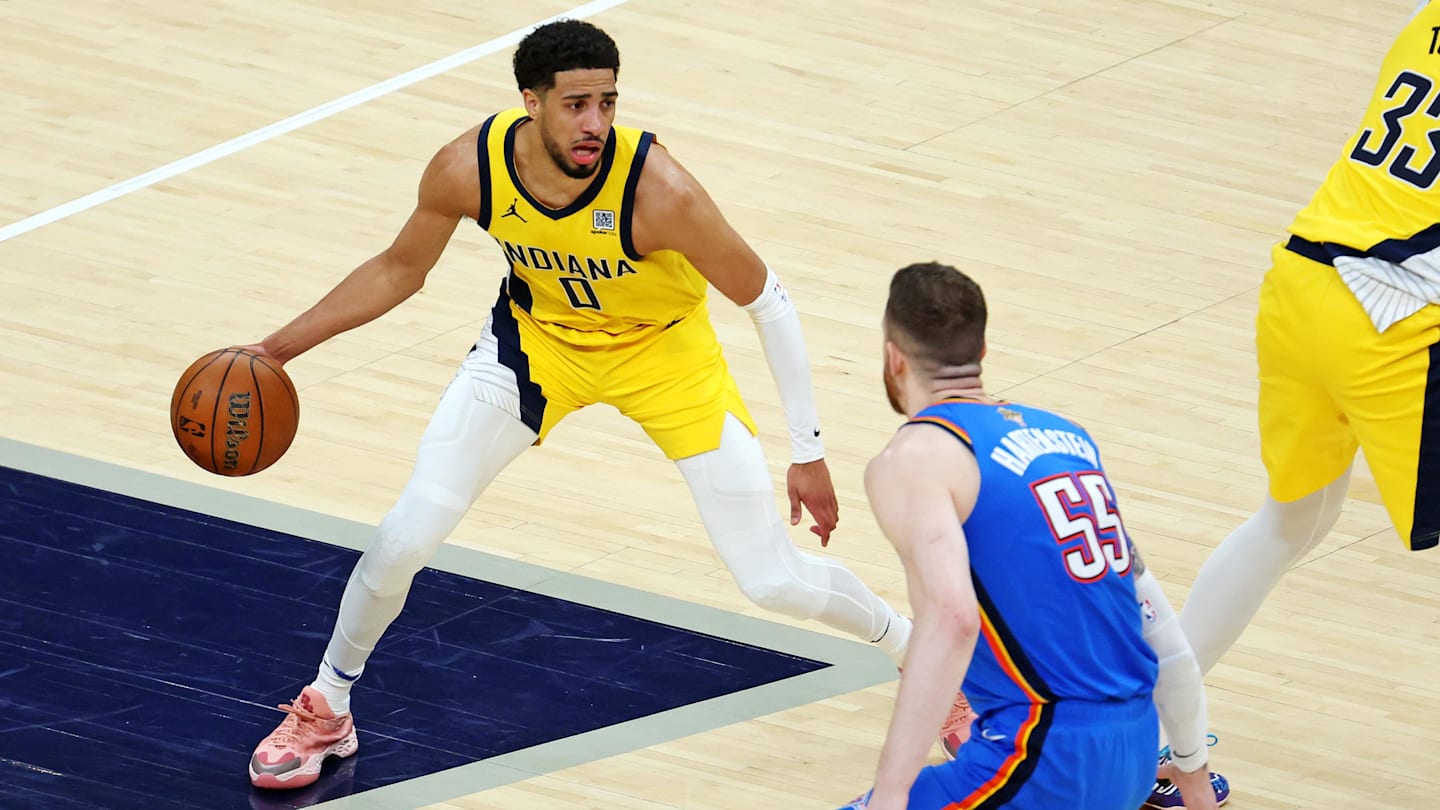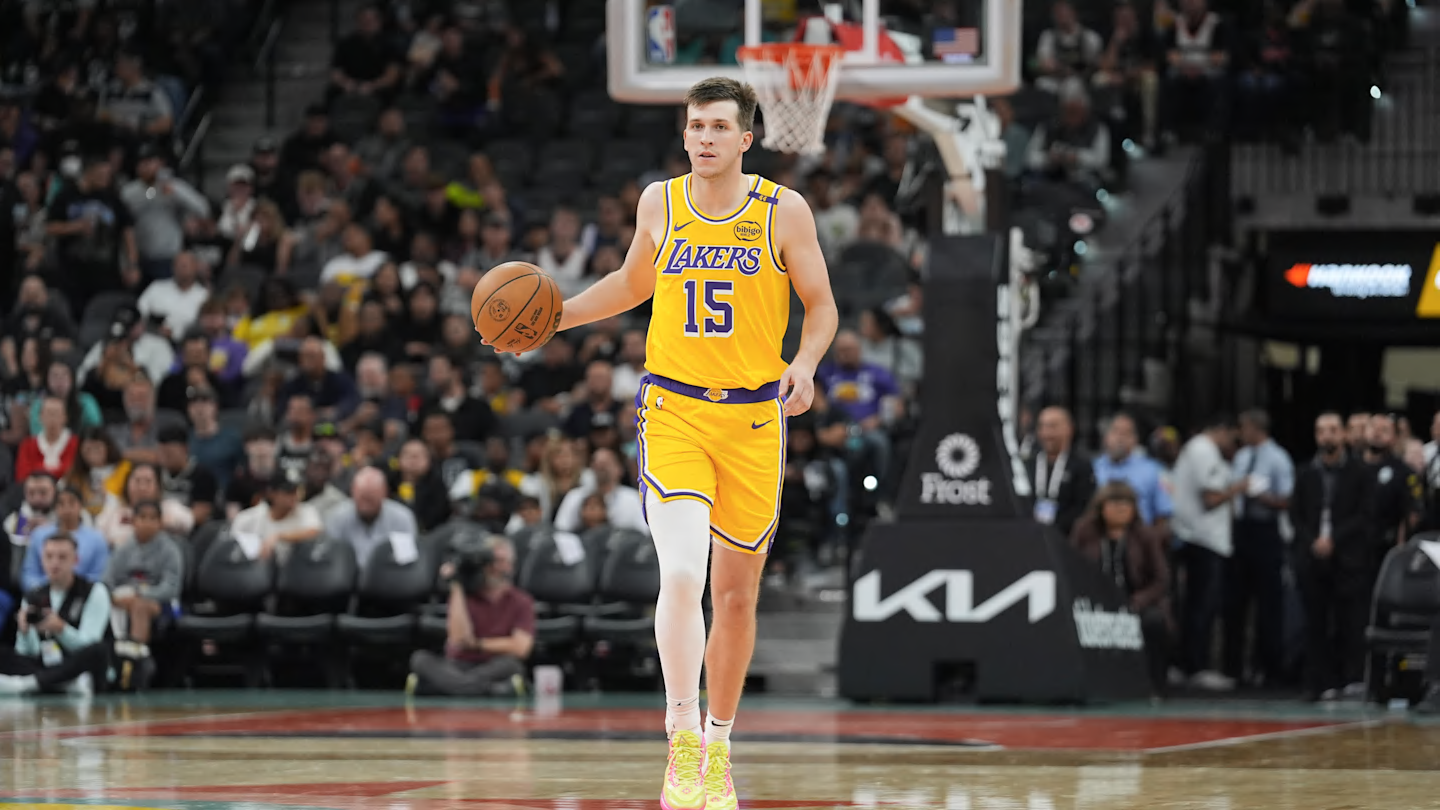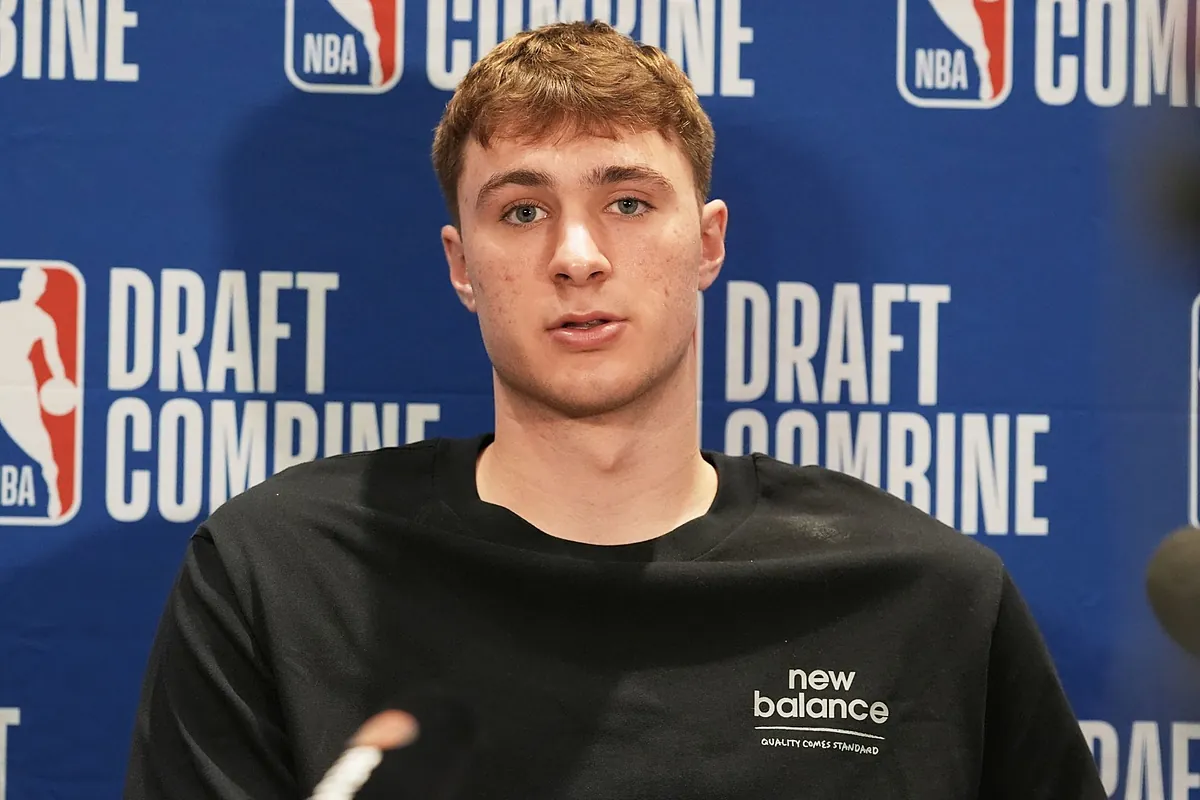
OK. … Let’s talk about this.
Kuminga represents the fundamental limitation with statistically evaluating free agents: You can only go by what contribution they made to their current team, but what you’re trying to solve for is the player’s value to their next team. Most of the time, those two numbers are close enough that the valuation problem isn’t particularly challenging. However, for odd players or odd systems, the degree of difficulty multiplies.
In Kuminga’s case, we might have a particularly notable example of that problem: An odd player and an odd system — magnified, in this case, by the player not fitting the system. Golden State’s read-react, pass-and-cut system has made other tunnel-visiony on-ball shot-creators look much worse than they were before or after (see Russell, D’Angelo; Schröder, Dennis), and Kuminga may be another. Alas, we can’t be totally sure, because Golden State is the only place he’s ever played. Our entire body of work for evaluating Kuminga is in the context of his square-peg game and Golden State’s round hole of an offense.
To explain this statistically, there is a lot in Kuminga’s track record that suggests maybe he just isn’t all that good. Most notably, his career shooting marks are 33.2 percent from 3 and 69.6 percent from the line. He’s just OK as a defender, seems to have poor instincts for reading the game at both ends and is prone to spectacular bouts of dribble blindness. The Warriors have pushed him to be a beast on the glass, but historically, players rarely change their stripes in this realm, and his rebound rate has stayed right around 10.0 percent his whole career — fine for a combo forward but unremarkable.
On the other hand, Kuminga has one marker that is off the charts: his free-throw rate. Drawing fouls at a high rate is an innate signal of talent (even if some grifting is involved) because players who do so are continually creating advantages that force defenses to react adversely, desperately or both.
Kuminga drew 10 free-throw attempts per 100 possessions last season in a non-trivial sample of 1,144 minutes. That was the eighth-highest rate of free-throw earning in the league among players with at least 1,000 minutes played. In other seasons, it hasn’t been as high, but Kuminga still has drawn an impressive 7.3 per 100 for his career.
Here’s the thing: Last season, 17 NBA players played at least 1,000 minutes and earned at least 8.5 free-throw attempts per 100 possessions. Of those, 16 have played in an NBA All-Star Game. The other one is Kuminga.
Even if you lower the bar to his career rate of 7.3 per 100, the list of players to clear the 7.0 mark is almost entirely past, present or future All-Stars (i.e. Franz Wagner). The three worst players on the list are Deni Avdija, RJ Barrett and Bennedict Mathurin. Of the 35 players besides Kuminga to clear 7.0 in at least 1,000 minutes last season, 28 have played in at least one All-Star Game.
That’s for one season, but we can also look at career marks. It’s more challenging because free-throw rates have been declining overall; achieving Kuminga’s free-throw rate was a less amazing feat, say, 20 years ago, when 21 different players did it.
Historically, the one notable player to draw fouls at this high a rate year after year and not turn into an All-Star was Corey Maggette, who was a very good sixth man for several years with the Clippers. Is it possible Kuminga is just a reheated Magette? Sure, but even that player is probably worth a pretty significant free agent investment.
At any rate, you can see Golden State’s dilemma. The Warriors have a talented 22-year-old who might prove to be very, very good in another team’s system but seems highly unlikely to thrive in their own. Also, the Warriors would handcuff their other offseason options by re-signing Kuminga at any remotely market-level price, because it would push them to the first apron and require some limbo building the rest of the roster while staying below the second apron.
The best outcome for everyone would likely be a sign-and-trade that brings back small contracts and draft compensation, but that’s always easier to theorize about in June than to execute in a small time window in July.
One final note: Kuminga could also sign his qualifying offer of $10.2 million and become an unrestricted free agent next July, when there should be more cap space in the market. While this would be palatable in the very short term for the Warriors, the risk of his uncompensated departure a year from now likely incentivizes Golden State to keep this option off the table. Even if Kuminga doesn’t fit, the Warriors would likely be better off with the Masai Ujiri Memorial Delayed Sign-and-Trade, re-signing him this summer to use in a trade package later.



